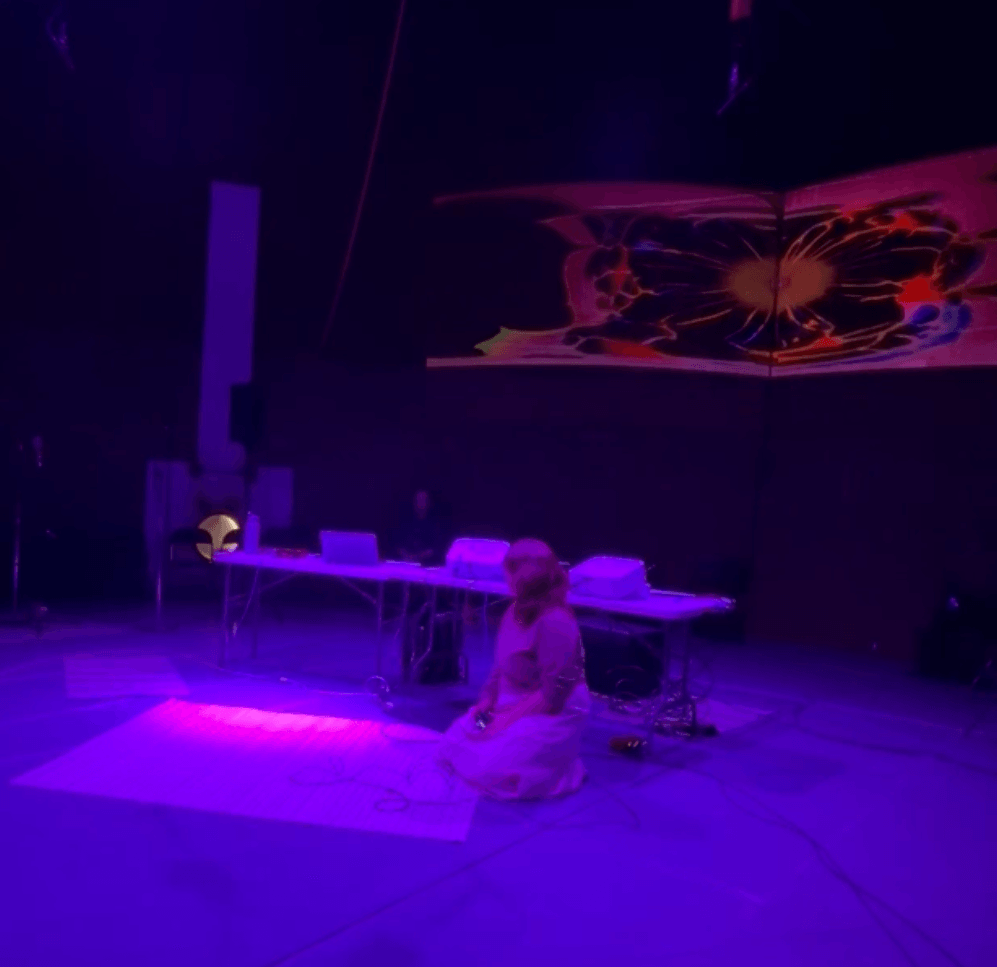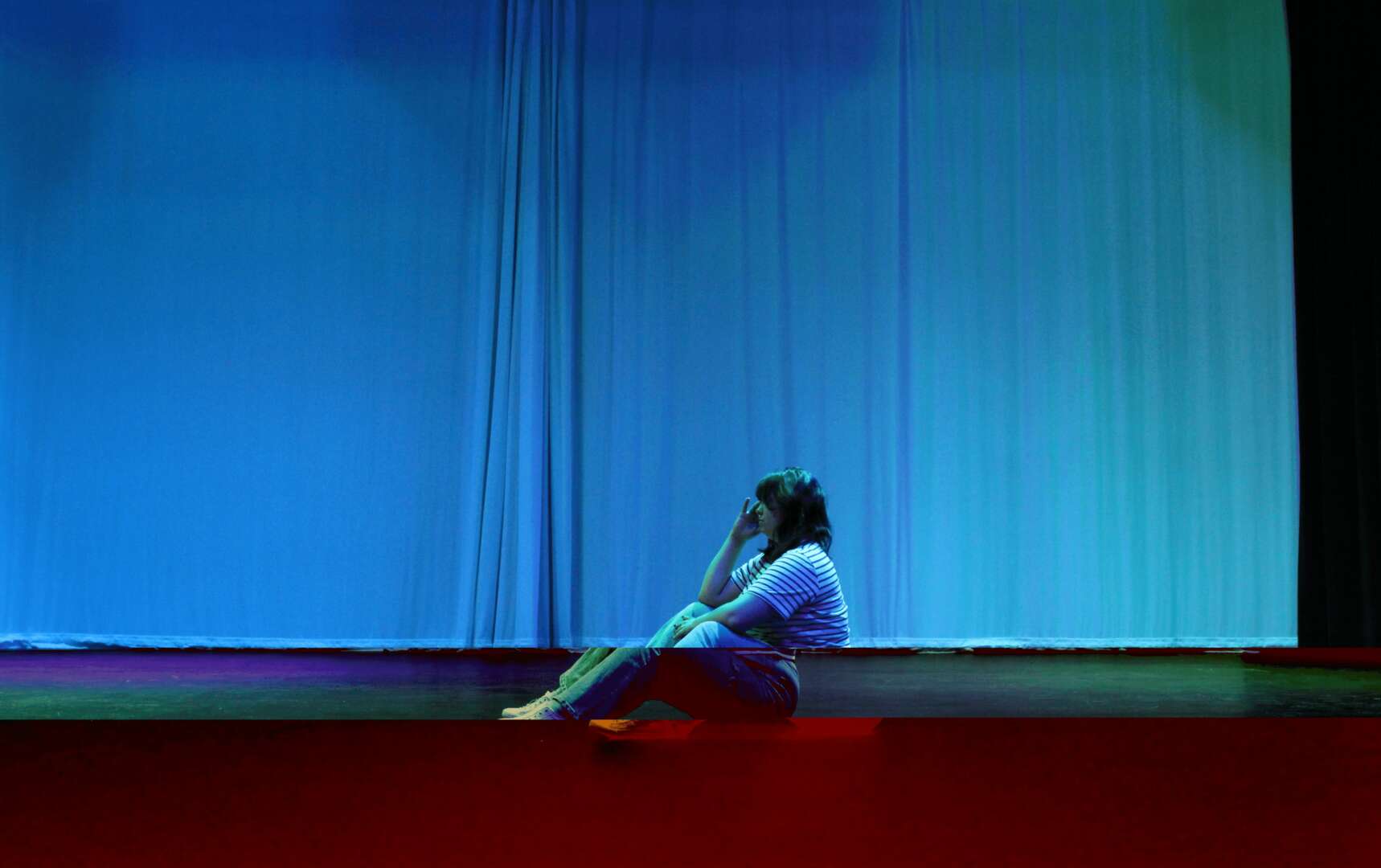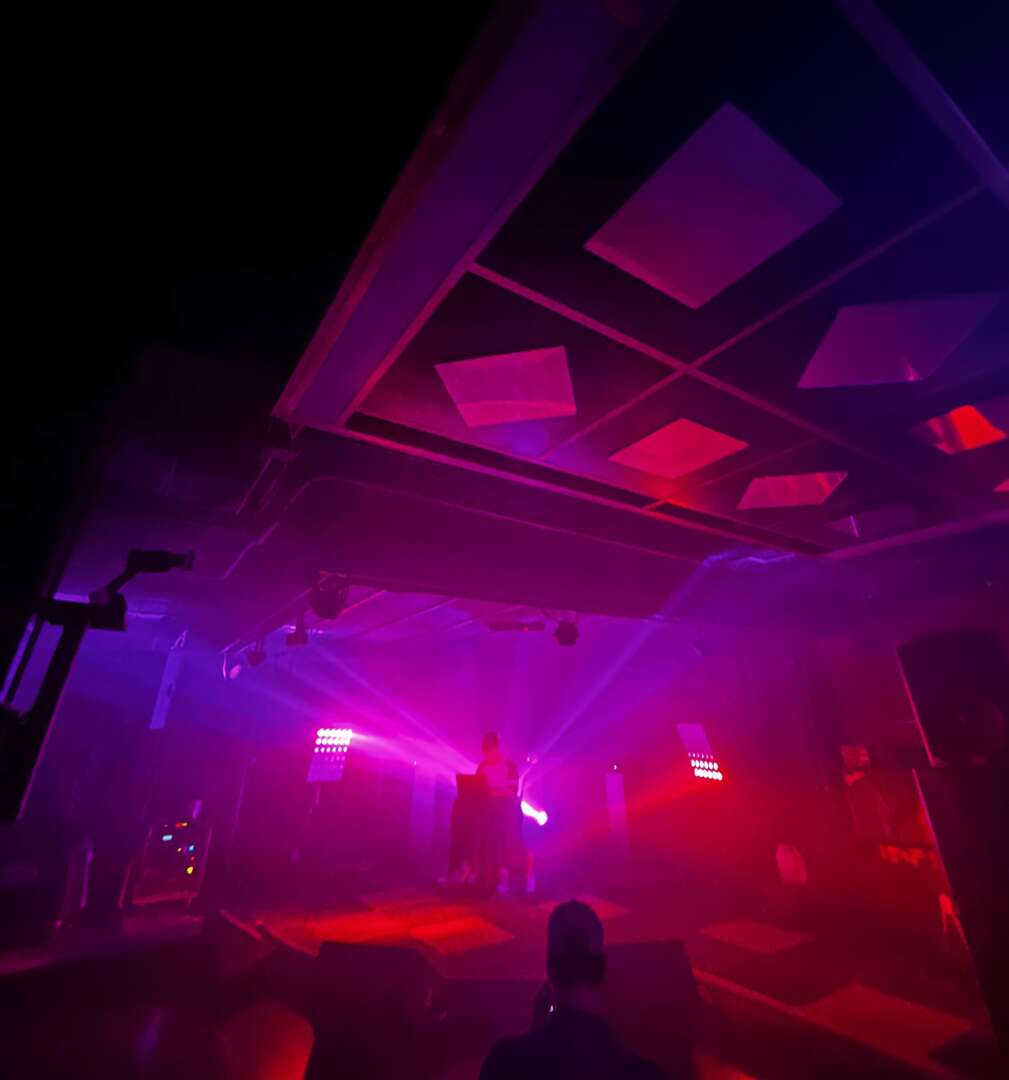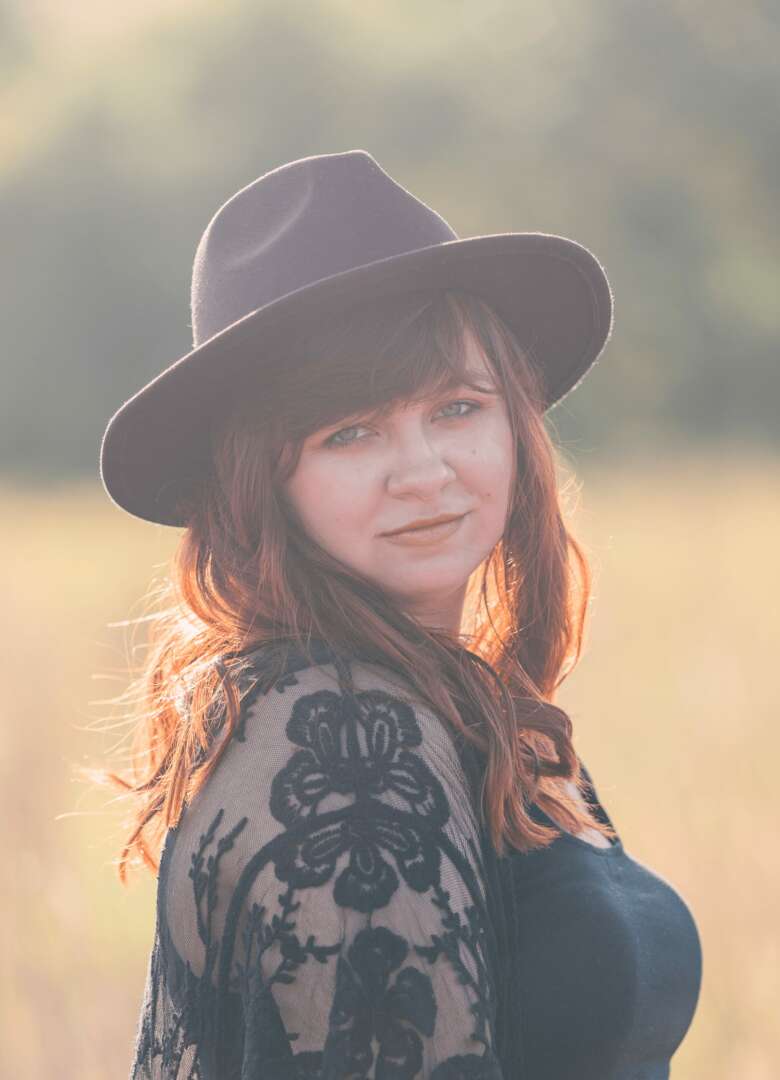We caught up with the brilliant and insightful Gracie Fagan a few weeks ago and have shared our conversation below.
Hi Gracie, thanks for joining us today. Did you always know you wanted to pursue a creative or artistic career? When did you first know?
In middle school, I began writing music, starting with simple arrangements for my string quartet. However, my compositions quickly grew to include larger ensemble works. As I progressed to high school, I continued expanding my writing, composing pieces for orchestra and band. These musical creations would often take shape during my chemistry and physics classes, which I was also passionate about.
While I thoroughly enjoyed the process of composing, I didn’t initially envision it as a viable career path. I found myself grappling with the decision of whether to pursue science or music professionally. It was a prolonged internal debate with no clear resolution.
That is, until I reached my undergraduate studies at the University of Nebraska – Lincoln. There, under the guidance of my professor, Dr. Greg Simon, I was encouraged to explore electronic music composition as well. My skillset continued to evolve over the course of my four years, and I had the opportunity to collaborate with dancers and visual artists, producing large-scale multimedia shows.
It wasn’t until my junior year that the idea of teaching music and production at the collegiate level truly crystallized for me. In that moment, I realized that this path would allow me to nurture the voices of young artists, much like Dr. Simon had done for me, while still maintaining my own creative pursuits. I recognized my calling was to pass on the knowledge and experiences I had gained, helping students find their own unique artistic voices through interdisciplinary collaboration and the latest music technologies.
From that point on, I have been unwavering in my dedication to this dual role as both a college educator and a composer. The decision to combine these two passions has been the cornerstone of my professional journey ever since.

Gracie, love having you share your insights with us. Before we ask you more questions, maybe you can take a moment to introduce yourself to our readers who might have missed our earlier conversations?
I am a multimedia and interdisciplinary artist dedicated to creating immersive works that explore shared human experiences, our perception of reality, and pop culture. My goal is to provoke questions about how we view the world around us. I enjoy collaborating with other musicians and artists to bring these projects to life in meaningful ways.
My work spans multiple mediums and disciplines. Through the integration of interactive technology, my pieces pose questions about embodied cognition – how our physical actions and choices impact our experiences. These works provide performers and audiences with real-time feedback on the consequences of their choices. Some of the most successful installations have featured video game controllers as the primary instrument.
The electroacoustic compositions I create embody the spectrum of technological involvement. I believe that technology can play a powerful supporting role in acoustically-centered works. However, I also find that technology as an equal partner with acoustic performers can enhance the use of both. I relish the opportunity to work with performers in creating these electroacoustic pieces, which push the boundaries of performance through physical and sonic interaction with technology. Incorporating elements of body movement and theatre further challenges performers and draws in audiences.
On a larger scale, my works integrate dance, projection, and lighting to create immersive, multisensory show experiences. I firmly believe that art is most impactful when multiple art forms converge, offering audiences diverse points of connection and engagement.
Through this multifaceted body of work, I strive to provoke questions, explore shared experiences, and push the boundaries of interdisciplinary collaboration. By blending technology, physicality, and diverse artistic disciplines, I aim to offer audiences new perspectives on the world around them.

For you, what’s the most rewarding aspect of being a creative?
I think the most rewarding aspect of being a creative is the connections I am blessed to make with so many amazing people, whether artists, performers, students, or general consumers. I believe that we learn the most from the people we surround ourselves with. This career has opened the door for me to travel and find myself learning from prolific members of the arts community. I enjoy teaching and connecting with young students to help foster their creative voices. I continue to learn about culture and gain new perspectives on the world around me that is translated into music. These relationships enrich our minds and bodies, and bring us closer together as a society.

Let’s talk about resilience next – do you have a story you can share with us?
Growing up in Nebraska, I loved the state, but also recognized a distinct lack of diversity in my surroundings. This became especially apparent during my undergraduate years. For one academic year, I was the sole female composer in the music department. I was also the only woman in the jazz program, and the lone female jazz trumpet player gigging at the time. Additionally, the vast majority of those around me were of white European descent.
As I immersed myself in this homogeneous ecosystem, I grew increasingly confused and discouraged. During my first year settling into the program, I largely kept to myself. But in my second year, I began to speak up. I noticed that female composers were not being discussed in my formal training courses, and I started publicly questioning this oversight.
In response to the challenges I faced as a female composer, I began creating politically-charged music exploring women’s rights and feminism. This album, titled “Gentlemen Prefer Blondes,” was inspired by the iconic Marilyn Monroe and Playboy. It became my first large-scale multimedia production, created in collaboration with dancers.
Bringing this project to life required significant coordination – I needed to work with four dancers and create a surround sound system within a recital hall. I also designed a simple lighting rig to further enhance the immersive experience. This was the first time the University of Nebraska – Lincoln music department had ever supported a student in creating a performance with this level of technological integration, in partnership with another artistic department.
Through this experience, I was able to push the boundaries of my work and the institution’s conventions. By blending music, dance, and technology, I aimed to amplify marginalized voices and perspectives within a historically male-dominated field. Speak up for what you believe in.
Contact Info:
- Website: https://graciefagan.com
- Instagram: @gracie.fagan.composes
- Facebook: Gracie Fagan – Composer
- Linkedin: Gracie Fagan
- Soundcloud: Gracie.Fagan




